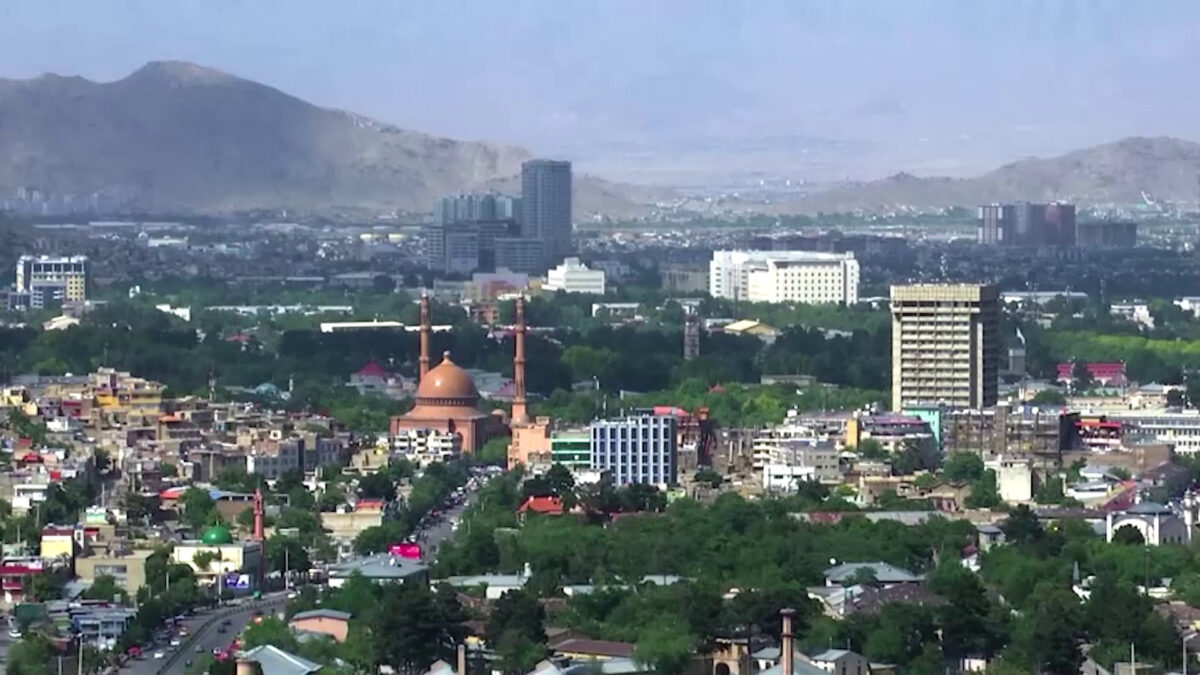The United Nations’ 2023 Humanitarian Response Plan has reached over 21 million people across Afghanistan, offering vital assistance to nearly 20 million individuals directly impacted by the ongoing crisis.
However, as the situation remains critical, the need for sustained support is paramount, particularly for those affected by the prohibition of women’s work, which has further complicated aid efforts.
With more than 29 million people in Afghanistan trapped in the depths of this humanitarian emergency, the United Nations Office for the Coordination of Humanitarian Affairs (UNOCHA) has reported that the Humanitarian Response Plan has made headway in addressing the crisis.
According to the agency, this initiative has so far reached 21.3 million people, with 19.6 million requiring immediate and direct humanitarian aid.
However, many experts said that the distribution of aid has encountered challenges, and some areas have not received the intended support.
Sayed Masoud, a prominent university professor, said that despite substantial financial contributions, including around $2 billion from the United States and a total of $5 billion over two years, the intended goal of improving lives has “unfortunately, had an adverse effect and the poverty rate has escalated from 92 percent to over 97 percent.”
However, the humanitarian endeavors in Afghanistan are now facing a significant hurdle: a budget shortfall of $1.3 billion. This deficit threatens the ability to address the dire needs of the population.
Consequently, UNOCHA has said that recent months have seen food aid failing to reach 18 million people, and the cap on aid recipients has been cut up to slightly over 3 million.
Shabir Bashiri, an economic analyst, emphasized the importance of long-term solutions to break the cycle of dependence on aid.
“The assistance has so far prevented fatalities from hunger and poverty,” he said, adding that genuine “progress requires infrastructure and development projects.”
UNOCHA also stated that the ban on women working for aid agencies in Afghanistan, a critical issue that exacerbates the existing complexities, has created operational and protective challenges for both non-governmental aid organizations and the United Nations itself.
“Most youths are being forced to resort to migration due to lack of employment opportunities,” said Abdul Hakeem, a resident of Takhar province.
The United Nations has warned that while the demand for humanitarian assistance has reached unprecedented levels, declining funding is placing this lifeline in jeopardy.





